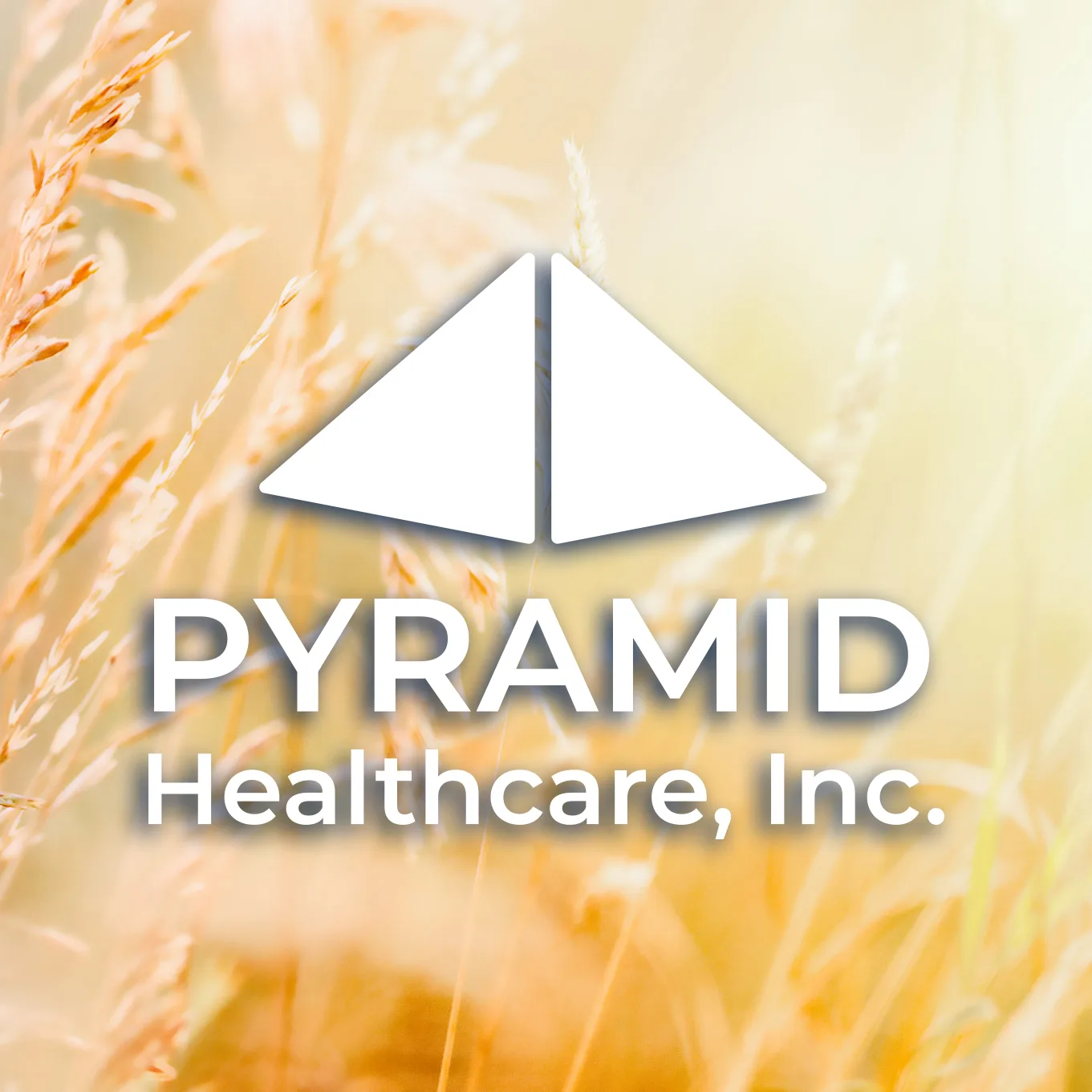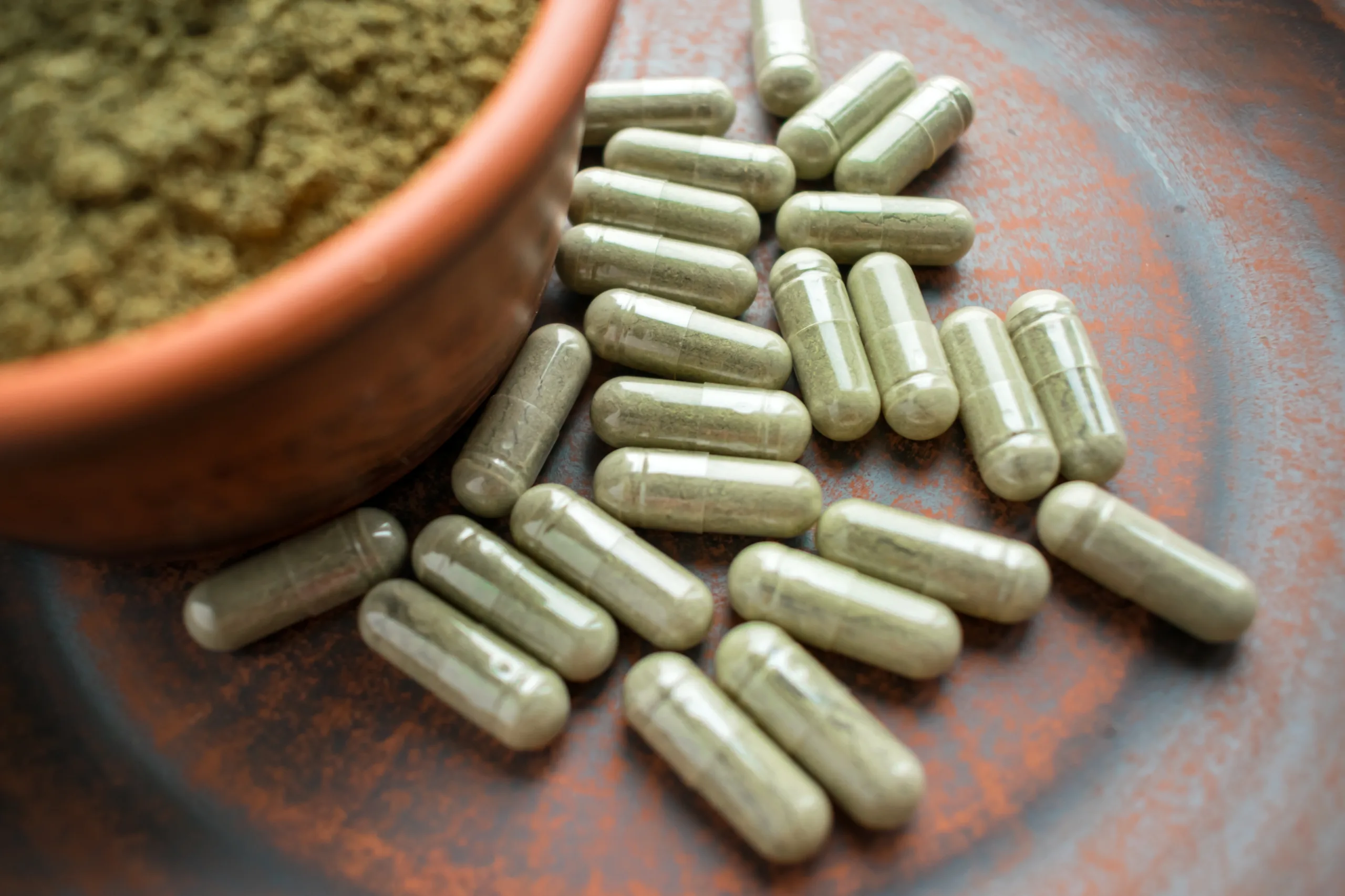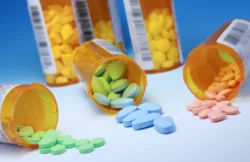What is Opioid Addiction?

Opioid addiction is characterized by excessive use of opioids that affects a person physically and psychologically. Opioids come in many forms, most commonly prescription opioids or illicit drugs like heroin.
Opioid addiction has increased in correlation with the opioid crisis. Every day, more than 130 people die in the United States from opioid overdose. The crisis is a result of many factors, such as:
- Providers prescribing medications, including overprescribing
- Misuse or abuse of chronic pain medications
- Prescription misuse leading to heroin use
- Lack of accessibility to evidence-based treatment
It’s on everyone to help end the opioid epidemic. Education is an important first step in the prevention and treatment of opioid addiction. Friends, family, and community members can learn the signs and symptoms, as well as evidence-based treatment options.
Signs of opioid abuse
Symptoms of misuse or abuse often relate to behavioral changes. These are some warning signs of opioid abuse:
- Changes in hygiene, such as not bathing
- Losing interest or withdrawing from social activities and relationships
- Extreme fluctuations in weight, either gaining or losing weight
- Poor sleeping patterns
- Mood changes, such as irritability
- Constipation
- Physical evidence, like needle marks
- Legal or financial troubles
- Impulsive decision-making
Knowing these symptoms can help identify the presence of opioid use disorder. Early intervention can increase the chance of recovery. Learn more about how to recognize the signs of opioid abuse in you or someone you know.
DSM-5 Opioid Use Disorder Diagnostic Criteria
The Diagnostic and Statistical Manual of Mental Disorders (DSM-5) requires that at least 2 or more symptoms be present within a 12 month period for a diagnosis. The diagnostic criteria are:
- Opioids are often taken in larger amounts or over a longer period than intended.
- Has tried more than once to reduce opioid use but were unsuccessful.
- Spends a lot of time trying to obtain opioids, using, or recovering from the effects of opioids.
- Strong cravings or desire to use opioids.
- Recurrent opioid use resulting in a failure to fulfill major role obligations at work, school, or home.
- Continues opioid use despite having persistent or recurrent social or interpersonal problems caused or exacerbated by the substance.
- Important social, occupational, or recreational activities are given up or reduced because of opioid use.
- Recurrent opioid use in situations in which it is physically hazardous.
- Continues opioid use despite knowledge of having persistent or recurrent physical or psychological problems caused or exacerbated by the substance.
- Exhibits tolerance, meaning the person needs more of the substance to achieve the same effect.
- Exhibits withdrawal symptoms when reducing opioid use. This is known as opioid dependence.
If someone exhibits tolerance and withdrawal but is taking opioids (i.e., prescription medications) under appropriate medical supervision, they would not meet the criteria for opioid use disorder.
Opioid Addiction Treatment Options
Opioids are highly addictive, and it’s likely that people with opioid use disorder cannot stop without professional help. Fortunately, there is evidence-based treatment available, and recovery from opioid addiction is possible.
Medication-Assisted Treatment
Medication-Assisted Treatment (MAT) is a comprehensive, evidence-based treatment that can help people with opioid use disorders. In fact, it may be the most effective treatment for opioid addiction.
Studies have shown that people with opioid use disorders have a greater chance of relapse if they completely abstain from substances. Behavioral therapy alone may not be enough. MAT can improve client outcomes, increasing retention in treatment and preventing relapse.
MAT combines behavioral therapy with medication. There’s a common misconception that MAT replaces one addiction with another; however, medications used are FDA-approved and administered by medical professionals. They do not produce the same “high” as other opioid drugs like heroin or morphine.
Currently, there are three medications approved for use in MAT: Naltrexone, Methadone, and Buprenorphine. These medications are intended to:
- Help with withdrawal symptoms
- Reduce cravings
- Block the effects of opioid drugs
Medications for MAT may be used at the beginning of treatment to help clients detox; however, many people stay on medication for the long-term.
Access to treatment like MAT is critical to helping people recover from opioid use disorder. Unfortunately, these medications are still widely under-utilized in treatment.
Have more questions about this treatment option? Get more information about Medication-Assisted Treatment on our blog.
Pyramid Healthcare has locations throughout Pennsylvania and New Jersey that treat opioid addiction. In fact, Pyramid Healthcare is a designated Center of Excellence in Blair County. Centers of Excellence for Opioid Use Disorder were introduced in Pennsylvania in 2016 as one solution to the opioid epidemic.
If you or someone you know has an opioid use disorder, reach out to Pyramid Healthcare to learn more about our treatment offerings. There is no obligation to enter treatment when you call.
Opioid addiction is characterized by excessive use of opioids that affects a person physically and psychologically. Opioids come in many forms, most commonly prescription opioids or illicit drugs like heroin.
Opioid addiction has increased in correlation with the opioid crisis. Every day, more than 130 people die in the United States from opioid overdose. The crisis is a result of many factors, such as:
- Providers prescribing medications, including overprescribing
- Misuse or abuse of chronic pain medications
- Prescription misuse leading to heroin use
- Lack of accessibility to evidence-based treatment
It’s on everyone to help end the opioid epidemic. Education is an important first step in the prevention and treatment of opioid addiction. Friends, family, and community members can learn the signs and symptoms, as well as evidence-based treatment options.
Signs of opioid abuse
Symptoms of misuse or abuse often relate to behavioral changes. These are some warning signs of opioid abuse:
- Changes in hygiene, such as not bathing
- Losing interest or withdrawing from social activities and relationships
- Extreme fluctuations in weight, either gaining or losing weight
- Poor sleeping patterns
- Mood changes, such as irritability
- Constipation
- Physical evidence, like needle marks
- Legal or financial troubles
- Impulsive decision-making
Knowing these symptoms can help identify the presence of opioid use disorder. Early intervention can increase the chance of recovery. Learn more about how to recognize the signs of opioid abuse in you or someone you know.
DSM-5 Opioid Use Disorder Diagnostic Criteria
The Diagnostic and Statistical Manual of Mental Disorders (DSM-5) requires that at least 2 or more symptoms be present within a 12 month period for a diagnosis. The diagnostic criteria are:
- Opioids are often taken in larger amounts or over a longer period than intended.
- Has tried more than once to reduce opioid use but were unsuccessful.
- Spends a lot of time trying to obtain opioids, using, or recovering from the effects of opioids.
- Strong cravings or desire to use opioids.
- Recurrent opioid use resulting in a failure to fulfill major role obligations at work, school, or home.
- Continues opioid use despite having persistent or recurrent social or interpersonal problems caused or exacerbated by the substance.
- Important social, occupational, or recreational activities are given up or reduced because of opioid use.
- Recurrent opioid use in situations in which it is physically hazardous.
- Continues opioid use despite knowledge of having persistent or recurrent physical or psychological problems caused or exacerbated by the substance.
- Exhibits tolerance, meaning the person needs more of the substance to achieve the same effect.
- Exhibits withdrawal symptoms when reducing opioid use. This is known as opioid dependence.
If someone exhibits tolerance and withdrawal but is taking opioids (i.e., prescription medications) under appropriate medical supervision, they would not meet the criteria for opioid use disorder.
Opioid Addiction Treatment Options
Opioids are highly addictive, and it’s likely that people with opioid use disorder cannot stop without professional help. Fortunately, there is evidence-based treatment available, and recovery from opioid addiction is possible.
Medication-Assisted Treatment
Medication-Assisted Treatment (MAT) is a comprehensive, evidence-based treatment that can help people with opioid use disorders. In fact, it may be the most effective treatment for opioid addiction.
Studies have shown that people with opioid use disorders have a greater chance of relapse if they completely abstain from substances. Behavioral therapy alone may not be enough. MAT can improve client outcomes, increasing retention in treatment and preventing relapse.
MAT combines behavioral therapy with medication. There’s a common misconception that MAT replaces one addiction with another; however, medications used are FDA-approved and administered by medical professionals. They do not produce the same “high” as other opioid drugs like heroin or morphine.
Currently, there are three medications approved for use in MAT: Naltrexone, Methadone, and Buprenorphine. These medications are intended to:
- Help with withdrawal symptoms
- Reduce cravings
- Block the effects of opioid drugs
Medications for MAT may be used at the beginning of treatment to help clients detox; however, many people stay on medication for the long-term.
Access to treatment like MAT is critical to helping people recover from opioid use disorder. Unfortunately, these medications are still widely under-utilized in treatment.
Have more questions about this treatment option? Get more information about Medication-Assisted Treatment on our blog.
Pyramid Healthcare has locations throughout Pennsylvania and New Jersey that treat opioid addiction. In fact, Pyramid Healthcare is a designated Center of Excellence in Blair County. Centers of Excellence for Opioid Use Disorder were introduced in Pennsylvania in 2016 as one solution to the opioid epidemic.
If you or someone you know has an opioid use disorder, reach out to Pyramid Healthcare to learn more about our treatment offerings. There is no obligation to enter treatment when you call.






